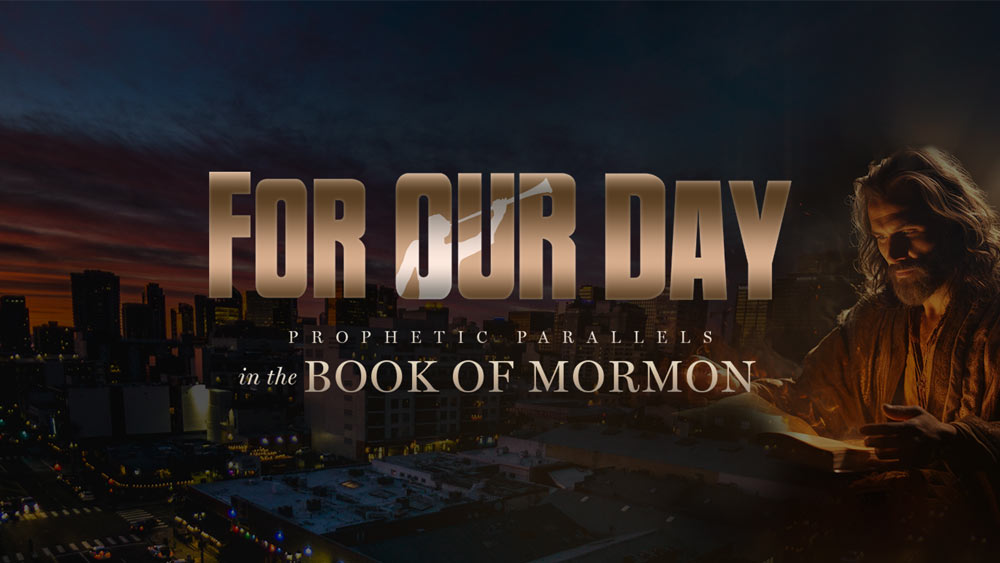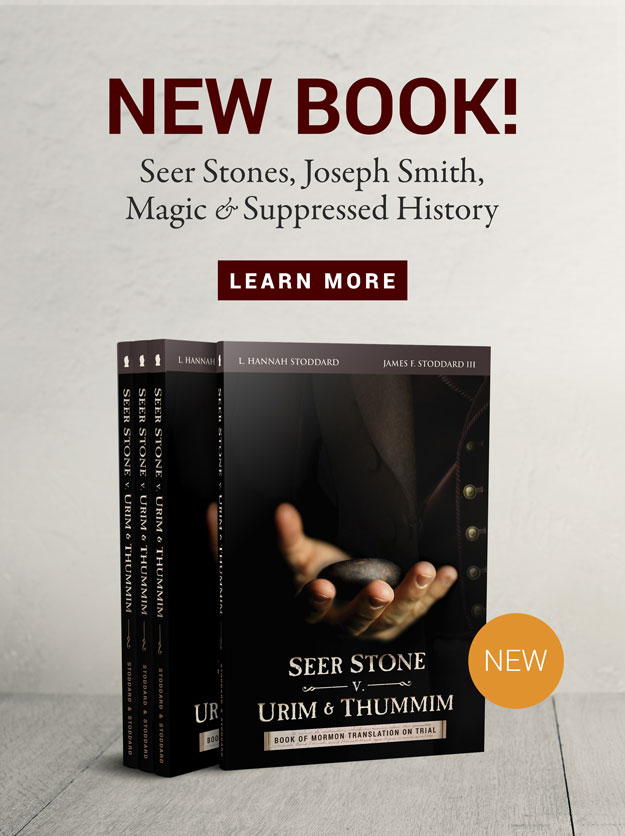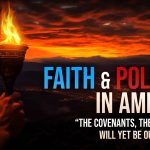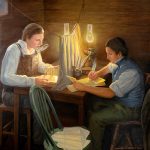Associated Locations:
- Far West, Missouri
Location of The New Jerusalem
“Joseph, the Prophet, told me that the Garden of Eden was in Jackson County, Missouri. When Adam was driven out he went to the place we now call Adam-ondi-Ahman, Daviess County, Missouri. There he built an altar and offered sacrifices.” 1
“The spot chosen for the garden of Eden was Jackson County, in the State of Missouri, where Independence now stands; it was occupied in the morn of creation by Adam and his associates who came with him for the express purpose of peopling this earth.” 2
In 1831, the Prophet Joseph Smith received a revelation designating the place called Independence, Jackson County, Missouri, as the center place of the kingdom of God on the western hemisphere. A city called Zion or the New Jerusalem would there be built. There also, the foremost temple to the Lord should be erected. From the temple in Zion the law of the Lord would issue, as the word of the Lord would come from Jerusalem. 3
“At that very spot, Spring Hill, Davis County, Missouri, in the year 1838, the Latter-day Saints, by direction of the Prophet, began to build a city, naming it Adam-ondi-Ahman, afterwards abbreviated to Diahman. While engaged in making the survey, some of the brethren came upon the ruins of an ancient altar, which the Prophet, on beholding, declared to be the identical altar upon which Adam offered sacrifices after he was expelled from Eden. The Garden of Eden, Joseph said, was in Jackson County, Missouri, from which part the Saints had been driven, as if to typify reminiscently the original expulsion. In both instances, the tree of disobedience bore the same bitter fruit. In Jackson County the New Jerusalem is to be built, and a people prepared for the glorious coming of the Lord. That America is the Old World, not the New, science now affirms; but the fact was first proclaimed by revelation, whose other name, in this case, is Joseph Smith the Prophet.” 4
“In a revelation to the Prophet, an early event in the history of mankind, occurring near Adam-ondi-Ahman, was told:
Three years previous to the death of Adam, he called Seth, Enos, Cainan, Mahalaleel, Jared, Enoch, and Methuselah, who were all high priests, with the residue of his posterity who were righteous, into the valley of Adam-ondi-Ahman, and there bestowed upon them his last blessing. (D. & C. 107:5)” 5
“In accord with the revelations given to the Prophet Joseph Smith, we teach that the Garden of Eden was on the American continent located where the City Zion, or the New Jerusalem, will be built.fn When Adam and Eve were driven out of the Garden, they eventually dwelt at a place called Adam-ondi-Ahman, situated in what is now Daviess County, Missouri.fn Three years before the death of Adam he called the righteous of his posterity at this place and blessed them,fn and it is at this place where Adam, or Michael, will sit as we read in the 7th chapter of Daniel.” 6
“Since Adam called together seven generations of his descendants at Adam-ondi-Ahman, it can well be believed that there was his old homestead. If so, the Garden of Eden was probably not far distant, for it was the entrance at the east of the Garden which was closed against them at the time of the “fall.” (Gen. 3:24) In fact, it has been commonly understood among the Latter-day Saints, from the teachings of the Prophet, that the temple was to be built in or near the location of the Garden of Eden.
That the Prophet actually taught that the Garden of Eden was in or near Independence, Missouri, is amply testified to by many who knew and heard him.” 7
New Jerusalem and the Early Colonists
Some in the early Colonial period looked upon America as a “new Jerusalem”. Sir Thomas Dale, a knighted English military officer and one of the leaders of the Jamestown plantation envisioned the Virginia colony as an opportunity to establish a society with laws based upon scripture and he even used the term “new Jerusalem”. In fact, Rod Gragg in his book, Forged in Faith which chronicles the Christian foundations of early America calls the second chapter of his book, “The New Jerusalem” because this was such a central theme in Colonial history.
“The Puritans had a blanket belief that they were establishing a New Jerusalem in North America. . . . The vanguard group of Puritans who arrived in 1628, under John Endicott’s leadership to prepare the way for the large group’s arrival in 1630, named their settlement Salem. No doubt the name was chose by the group who organized the early Puritan efforts at Sempringham, Lincolnshire, and it was their desire to name their first settlement in a symbolic fashion to demonstrate their goal to establish a New Jerusalem in North America.” 8
Samuel Sewall and Phaenomena
In 1697, Samuel Sewall printed his book, “Phaenomena quaedam Apocalyptia (Phaenomena Concerning the Apocalypse)“. He argued that the “heart of America . . . be the seat of New Jerusalem”. Phaenomena explained in detail his belief in both the temporal and geographical nearness of the millennium. Years earlier, in 1684, Samuel wrote to Cotton Mather, “Please also, instead of some Recreation, when you can spare the time, to give me your Reasons why the Heart of America may not be the seat of New Jerusalem.” 9
- Wilford Woodruff, Wilford Woodruff, His Life and Labors, comp. Matthias F. Cowley [Salt Lake City: Deseret News, 1916], 481.
- Journal of Discourses, 26 vols. [London: Latter-day Saints’ Book Depot, 1854-1886], 10: 235.
- John A. Widtsoe, Evidences and Reconciliations [Salt Lake City: Improvement Era], 395.
- Orson F. Whitney, Gospel Themes [Salt Lake City: n.p., 1914], 99 – 100.
- John A. Widtsoe, Evidences and Reconciliations [Salt Lake City: Improvement Era], 395.
- Joseph Fielding Smith, Doctrines of Salvation, 3 vols., edited by Bruce R. McConkie [Salt Lake City: Bookcraft, 1954-1956], 3: 74.
- John A. Widtsoe, Evidences and Reconciliations [Salt Lake City: Improvement Era], 396.
- pg. 379, Out of Captivity, Charles W. Allen
- Richard Francis, Judge Sewall’s Apology (2005), p. 37








One Response